Can You Design Better Sleep?
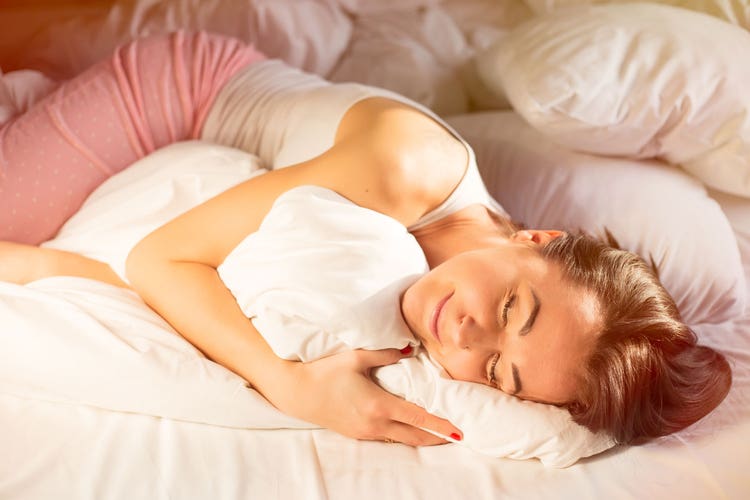
Find out which devices might be helping—and when they might not.
When we think of fitness, we usually think about being active, whether it’s running, swimming, weightlifting or yoga.
We don’t usually think about sleep. But it turns out that getting enough sleep plays a big role in fitness, as well as controlling your weight. The less you get, the more likely you are to add weight over time, likely because of changes in hormones that regulate appetite. (That may be why, when you’re sleep-deprived, it’s harder to summon the willpower to put down the chips and pick up the carrots.)
It turns out that lack of sleep is a widespread problem in America. More than a third of us don’t get enough, according to the Centers for Disease Control and Prevention—from seven to nine hours a night for most adults aged 18 to 60 (although some of us may need 10). There’s evidence that sleeping just six hours a night, one hour less than the recommended minimum, can lead to significant weight gains over the years.
Tracking sleep
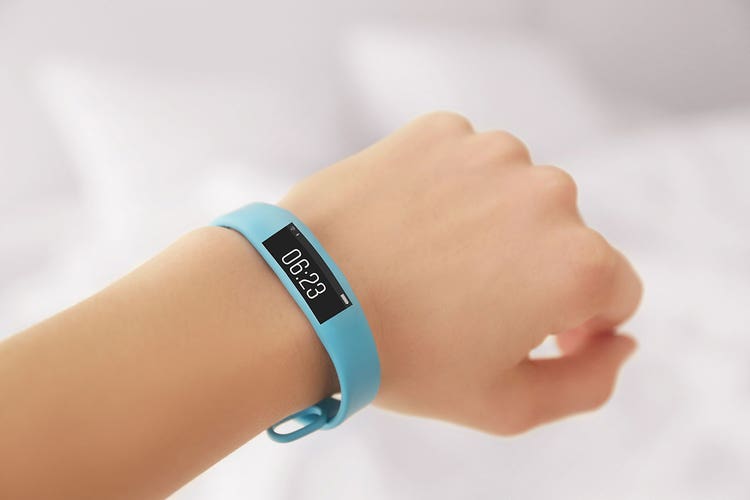
In the last couple of years, the technology industry has started to focus more on sleep, developing a host of apps and connected devices aimed at helping you get your “solid seven” nightly. In fact, sleep technology was one of the hottest categories of mobile technology at this year’s Consumer Electronics Show.
So if you’re interested in getting a better handle on your sleep, you have a lot of choices for designing your life around healthier sleep patterns.
You may already be able to track some data on your sleep if you own a wrist-worn activity tracker. Several models of Fitbit, Garmin and other trackers also can give you some basic information on sleep if you wear them to bed.
Designing new patterns
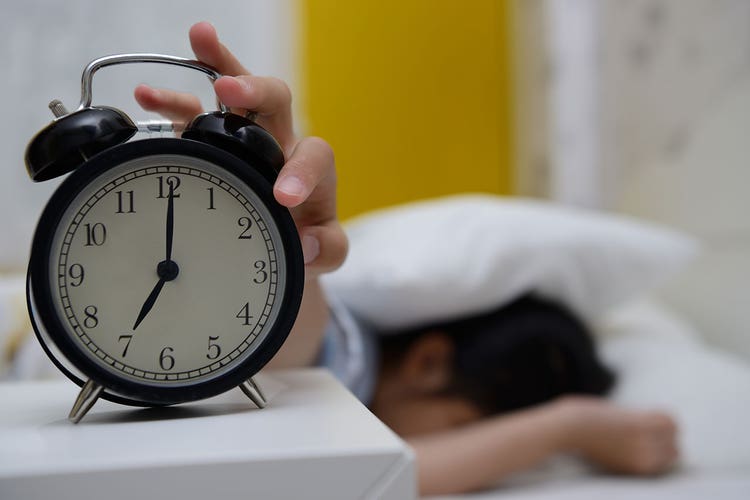
Knowing how long it took you to fall asleep, how long you slept, and how often (and for how long) you were “restless” may help you make some tweaks in the design of your own “sleep hygiene” plan.
Ideally, experts say, going to bed at the same time each night and getting up at the same time every morning are important factors in ensuring you get enough sleep. (Of course, that’s easier said than done if you’ve got a big project to finish or the kids wake you up early.) Still, these trackers can let you set sleep and wake times, and then remind you to start to wind down a half-hour or so before bedtime, while gently waking you up with vibration or sound.
In one recent small study, people wearing a basic tracker increased their sleep by about 20 minutes a night. That’s about 5 percent of the seven hours experts recommend as a daily minimum. So just by being aware of your sleep patterns and deficit, you may be able to redesign your sleep habits—similar to how food logging can help you redesign your nutrition habits.
More options for more data
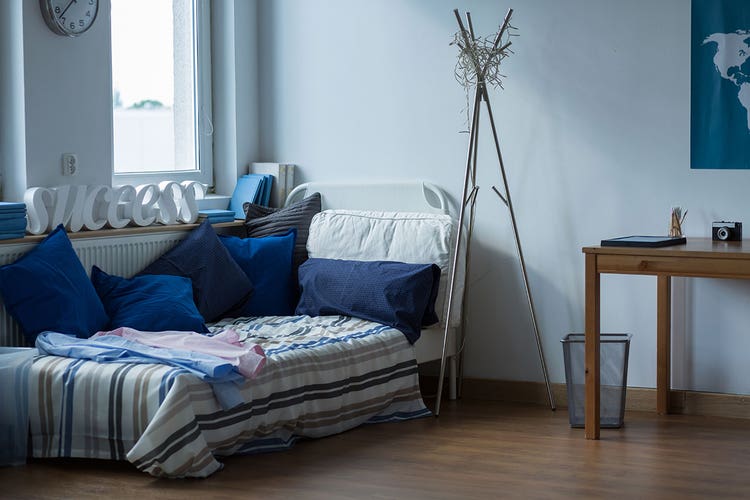
If you want to get more sophisticated, you can consider some of the newer, specialized sleep monitoring devices that are designed to give you a lot more information, tracking every nighttime breath, heartbeat and fidget—not to mention room temperature and humidity.
Some of these options work from your nightstand, listening or watching you with a microphone or camera. Some are apps that use your mobile phone’s mic and camera; others are separate devices that link to your mobile. Other options include belts you wear around your chest to measure breathing rate and depth.
There are even mattress-top sensors tucked under the sheets. One of them, the Beddit, relies on something called passive ballistocardiography,measuring minute body movements created each time the heart pumps blood to create a graph of sleep patterns.
Most of these newer (and more expensive) devices allow you to see your sleep patterns in visual form on your mobile’s screen. They also promise to offer advice on things to do to improve your rest, based on your specific patterns, as well as to calculate the best time to wake you up so your most restful sleep isn’t interrupted.
How much can you do alone?

No matter how much data you collect on your sleep, it’s an open question as to what practical changes you can make based on it.
If you have poor sleep because of a sleep disorder, not just a late night or two, you may need professional advice. Sleep disorders aren’t unusual, either. The Centers for Disease Control figure that between 50 and 70 million Americans suffer from some form of sleep disorder.
For example, your sleep monitor may sense that you snore a lot and appear to stop breathing during the night, leading you to wonder whether you have sleep apnea. While that’s a common sleep disorder, diagnosis and treatment are jobs for medical specialists.
(Not) seeing the light

Ironically, one of the biggest culprits leading to reduced sleep are the very mobile devices we keep next to the bed.
One thing scientists have known for some time is the strong connection between light exposure before bedtime and the ability to get a good night’s sleep. It turns out that those glowing screens can trigger our brains into thinking it’s daytime and “reset” our internal clock.
Many newer devices have settings that can reduce the offending portions of the spectrum, and there are filters on the market you can buy to do the same thing for older devices. Still, it’s probably better to read an old-fashioned book instead of your Facebook feed right before bedtime.
“Sound” sleep
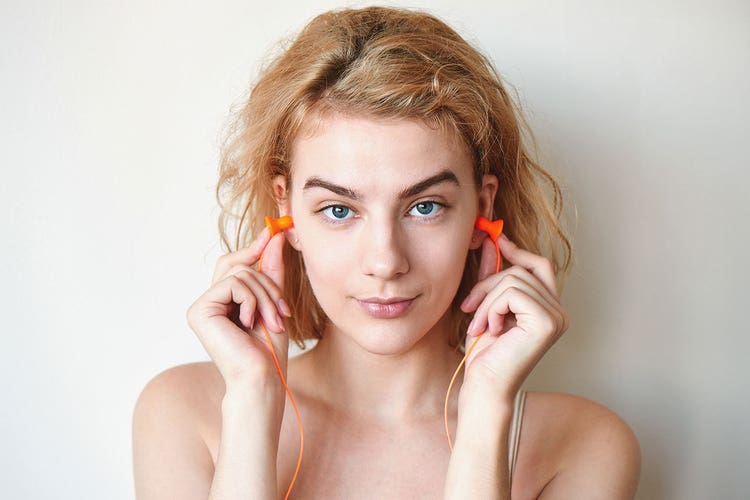
Light isn’t the only culprit: So is sound. Trying to sleep with your phone or tablet on the nightstand can disturb your sleep every time it beeps, buzzes or rings; it’s probably best to keep it somewhere else.
Some sleep tracking systems require that you put your phone very close to you at night so it can hear you breathe and move. In that case, try putting as much of your mobile device to sleep as possible, using its “nighttime” mode to prevent it from sounding or vibrating—and do your best to resist the urge to “check in” on your texts, emails and social media feeds if you do happen to wake up during the night.
Finally, don’t forget that activity and sleep are linked in both directions—too little sleep can make it hard to be active, but it’s possible your exercise routine can interfere with sleep.
For some people (I’m one of them), exercising late in the day can cause insomnia. So if you’re working out after a day at the office, and then finding you have trouble falling asleep, you might consider rearranging your workout schedule. Then you can take time after work to find a good book, put your phone away in the other room and get that solid seven.
Photo credits: Kaspars Grinvalds, Africa Studio, amenic181, Photographee.eu, rocketclips, leungchopan, amixstudio, Adobe Stock